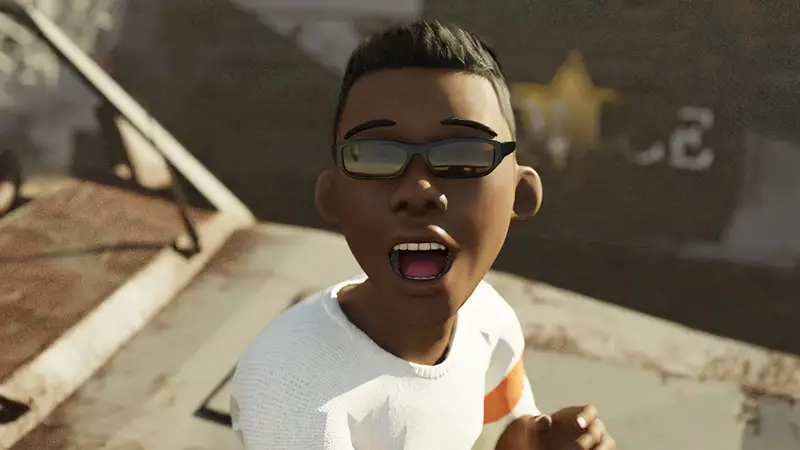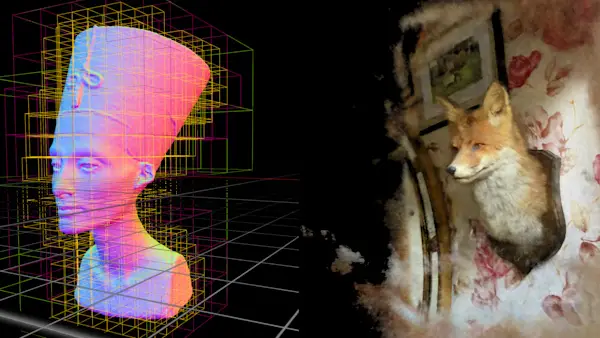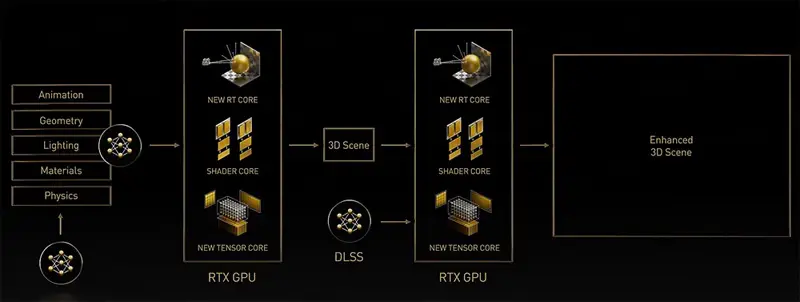In this article, we’ve explained everything about the NVIDIA SIGGRAPH 2022 event. This week at the SIGGRAPH 2022 conference, where NVIDIA is announcing its most recent set of software breakthroughs for computer graphics, the intersection of computer graphics, the metaverse, and AI is on full show.
The company made a number of technological announcements at the NVIDIA SIGGRAPH 2022 today that will further integrate AI and the metaverse. The NVIDIA Omniverse Avatar Cloud Engine, a set of tools and services for building virtual assistants driven by AI, is one of the announcements.
The company also disclosed a number of technological initiatives to enhance its computer graphics creation capabilities for applications in the metaverse. The new NeuralVBD library, a development of the OpenVBD open-source library for sparse volume data, is one of the initiatives. In order to help further enable metaverse applications, NVIDIA is also working on improving the open-source Universal Scene Description (USD) format.

3D content for the Metaverse
“3D content is especially critical for the Metaverse as we need to put stuff in the virtual world,” Sanja Fidler, VP of AI research at NVIDIA said in a press briefing. “We believe that AI is existential for 3D content creation, especially for the metaverse.”
With the idea of neural graphics, computer graphics can be much more than just produced visuals. The aim of neural graphics, according to Fidler, is to integrate AI capabilities into various stages of the graphics pipeline. AI can speed up graphics in a wide range of applications, including video games, digital twins, and the metaverse.

Kaolin WISP and NeuralVDB
The company unveiled two new software development kits (SDKs) with Kaolin WISP and NeuralVDB at NVIDIA SIGGRAPH 2022 that use the capabilities of neural graphics to create and present animation and 3D objects. An addition to the PyTorch machine learning toolkit called Kaolin WISP enables quick 3D deep learning. According to Fidler, the focus of Kaolin WISP is on neural fields, a branch of neural graphics that focuses on 3D picture representation, and the production of content using neural approaches.

While Kaolin WISP is focused on speed, NeuralVDB is a project created to aid with 3D picture compression.
“Using machine learning, NeuralVDB introduces really compact neural representations that dramatically reduce the memory footprint, which basically means that we can now represent much higher resolution of 3D data,” Fidler said.
Metaverse core technology
The underlying technology required to represent everything inside the metaverse, according to Rev Lebaredian, VP of Omniverse and simulation technology at NVIDIA, is one of the most crucial but likely the least known components of establishing the metaverse.

The open-source Universal Scene Description (USD) technology, which was first created by the animation firm Pixar, is that technology for NVIDIA. The Omniverse platform from NVIDIA is based on USD.
“We’ve been hard at work advancing Universal Scene Description, extending it and making it viable as the core pillar and foundation of the metaverse, so that it will be analogous to the metaverse just like HTML is to the web,” Lebaredian said.
Nvidia presented its intentions for expanding USD at SIGGRAPH 2022. These ambitions include additional graphic tool compatibility suites and tools to aid users in learning how to use USD.
NVIDIA Avatar Cloud Engine
Although chatbots and virtual avatars are not new, they have not yet been very lifelike. However, this may soon change owing to the new Nvidia Avatar Engine.

According to Lebaredian, the Avatar Cloud Engine is a framework that contains the essential technologies required to build avatars. The avatars are artificially intelligent robots that can communicate, perceive, and act in virtual environments and the metaverse.
“The metaverse without human-like representations or artificial intelligence inside it will be a very dull and sad place,” Lebaredian said. “We are providing the toolkit of technologies necessary to construct avatars of different forms so that others can take these technologies and build their specific ideas around what avatars should look, feel and behave like in those worlds.”
Did you know that Intel unveiled Arc Pro GPUs for workstations?





